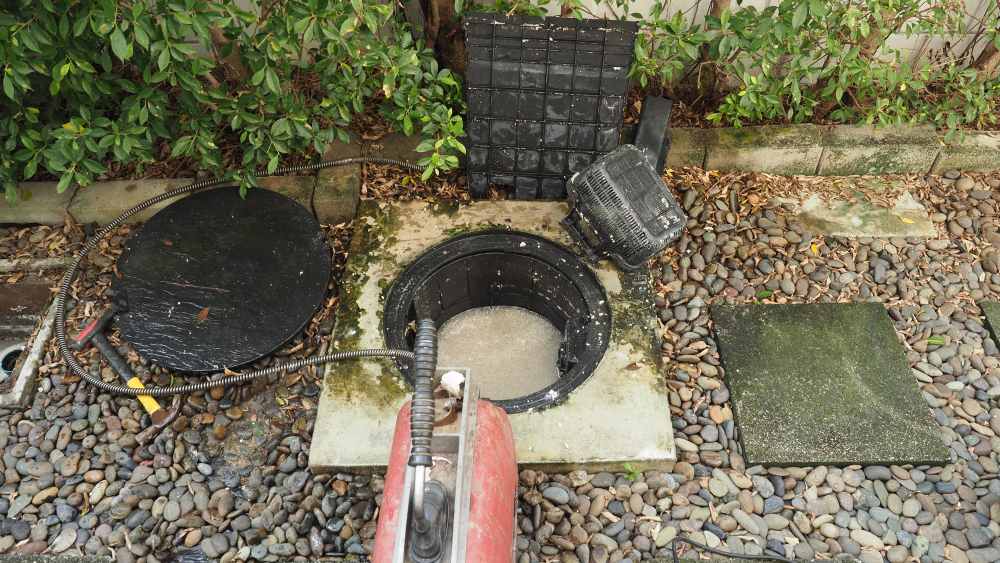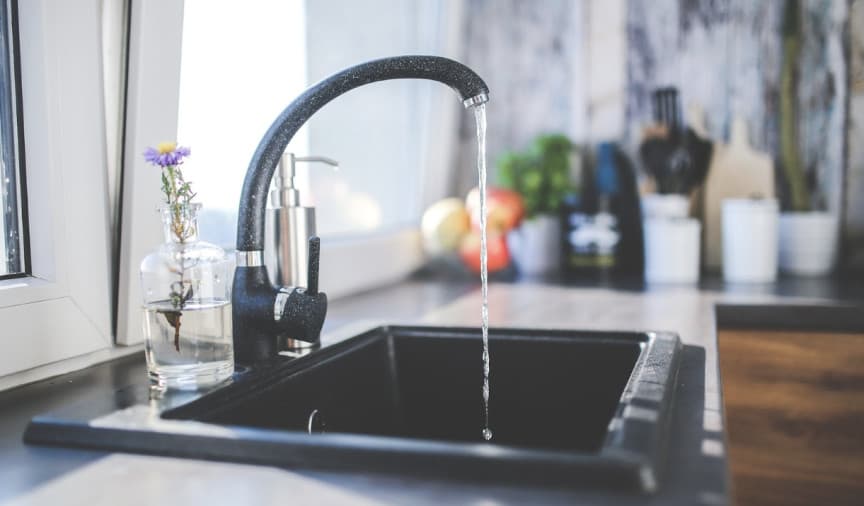Have you been hunting for ideas on Tips for Dealing with Clogged Drains and Sewer Lines?

Intro
Handling an obstructed drain can be an aggravating experience, interfering with everyday activities and potentially creating damages to your property. Nevertheless, before reaching out to pipes experts, there are steps you can take to deal with the issue on your own. In this overview, we'll check out DIY services and safety nets to take on a blocked drain effectively.
Identifying the Issue
The primary step in dealing with an obstructed drain is recognizing the indicators. Sluggish drain, gurgling audios, foul odors emanating from drains, or water backing up prevail indicators of an obstructed drain. Identifying these indications early can aid prevent better complications.
Picking the Right Pipes Service
When picking a plumbing service, take into consideration aspects such as experience, licensing, and customer reviews. Select a credible plumbing professional with a track record of top quality workmanship and clear prices methods.
Expense Considerations
The cost of professional drain cleaning company can differ depending upon the intensity of the obstruction and the plumbing technician's rates. Demand quotes from multiple service providers and ask about any type of additional charges to make certain openness and stay clear of shocks.
Safety Measures
When trying do it yourself drain cleaning, prioritize safety. Use protective handwear covers and eyewear to prevent contact with damaging chemicals or bacteria. Never ever blend different drain cleaning items, as this can produce unsafe fumes.
Instance Researches
Real-life examples show the efficiency of DIY services and the significance of prompt specialist treatment in settling drainpipe obstructions.
Common Reasons For Blocked Drainpipes
Understanding the aspects that contribute to drain clogs is important for reliable resolution. Typical culprits consist of hair, soap scum, grease, food debris, and foreign objects like hygienic items or paper towels. Tree origins invading underground pipes can likewise trigger significant blockages.
Do it yourself Solutions
For small clogs, a number of DIY options can be efficient. Pouring boiling water down the drain can assist liquify oil and debris. Sodium bicarbonate and vinegar or a mixture of salt and cooking soda can act as all-natural cleaners. Utilizing a bettor or plumbing snake to displace blockages is one more alternative.
Devices and Equipment
Having the right tools on hand can make DIY drain cleaning up extra effective. A plunger is a flexible device for getting rid of blockages in sinks, bathrooms, and showers. A pipes snake or auger can get to deeper clogs, while drainpipe cleaning chemicals can be utilized carefully for persistent blockages.
Preventive Measures
To prevent future blockages, taking on safety nets is critical. Mount drainpipe guards or strainers to catch hair and particles before they get in the pipes. Routinely flush drains pipes with hot water to dissolve grease build-up, and avoid disposing of grease or strong waste down the drain.
When to Call a Specialist
While DIY remedies can solve minor blockages, particular signs indicate the requirement for specialist help. Persistent blockages, foul odors in spite of cleaning efforts, or numerous drains supporting at the same time are red flags that necessitate expert treatment.
Verdict
By adhering to the pointers laid out in this overview, you can successfully deal with obstructed drains and avoid future pipes problems. Whether opting for DIY services or looking for specialist help, prompt action is vital to maintaining a healthy plumbing system and maintaining the integrity of your home.
How to Clear a Clogged Drain Yourself (And When to Call In the Professionals)
What Can Clog a Drain
Dirt Skin flakes Hair Grease Soap scum Food Offset pipes Tree roots Small objects Mineral buildup DIY Tricks to Unclog a Drain
You can fix this! Once you have identified the source of the clog (or have a vague idea), you can try one or a combination of these fixes in order to clear your plumbing.
Wire Hanger or Snake
Untangle and clear out hair from a drainpipe with a homemade snake. Use a straightened-out wire hanger with a 90-degree angle hook to locate the clog and drag out any unwanted material.
Remember not to push the clog further down to where the wire hanger cannot reach! If you need to follow up with a plunger, give it a try. Your efforts might be more successful after it’s been wire-snaked.
If you want to get fancy and don’t have a wire hanger to spare, head to the store and pick up a hand-operated drain snake. You can get one for $10-$30. It may save you the hassle, and provide additional length to reach deep into the clogged pipe.
Plunger
A cup plunger has a suction cup attached to a wooden handle. The rubber creates a seal around the drain, and increases the pressure force of the plunger.
Plunge for 30-second increments to loosen the clog. This may need to be repeated over the course of 15-20 minutes. Once plunged, run the water to flush the remaining material out of the drain.
Remember– never use a plunger if you have used a chemical drain cleaner. These chemicals can splash up from the force of the plunger and cause serious injury or burns.
Boiling Water
Hot water can sometimes break up materials into a flushable amount. Dirt, grease, and soap buildup requires heat in order to unstick from surfaces.
Take your kitchen kettle and heat your water to a boil. Once it reaches a rolling boil, pour it directly down the drain into the blockage. Carefully follow with plunging, if necessary.
Don’t worry if this takes more than one try! It can often take multiple kettles and repeated plunging in order to clear a particularly stubborn clog.
Chemical Drain Cleaner
As a last resort, pick up a bottle of chemical drain cleaner. Drain-cleaning chemicals are potent, and not very good for the environment.
You may need to wear protective eyewear in gloves before handling your bottle of chemical drain cleaner. Follow the instructions printed on the bottle, and flush with water as soon as the instructions allow. Do not follow with plunging.
Baking Soda and Vinegar
As a safer alternative to chemical drain cleaner, baking soda and vinegar can create a chemical reaction that clears tough clogs.
Combine one cup of cleaning vinegar with one cup of boiling water, and set aside. Once you have done this, pour half a cup of baking soda down the drain. Give the baking thirty seconds to settle and cover a large portion of the problem drain.
Following the baking soda, pour down your vinegar and hot water solution. Once the vinegar and baking soda combine, the mixture will bubble and fix. Let this reaction fizzle in the drain for about an hour.
After an hour, follow with a kettle’s worth of hot water. The heat and liquid should flush out any remaining material.
When to Call a Plumber
If your DIY attempts haven’t cleared your clog drain, it’s time to call in a professional. It’s not worth losing access to your kitchen sink or high-traffic bathroom. A clog in a vital area can keep you from the things you’d rather be doing, and derail your routine.
Anytime a clog is causing water to spread is a time to call in a plumbing service. What starts out as a little bit of water can quickly grow into serious, expensive water damage.
Additionally, a serious clog can result in burst pipes or serious leaks. Make sure you know when to take it seriously!
https://myguysnow.com/how-to-clear-a-clogged-drain-yourself-and-when-to-call-in-the-professionals/

I'm very interested by How to handle a clogged drain in your home and I am hoping you enjoyed my blog entry. You should set aside a second to share this blog post if you appreciated it. Thanks so much for taking the time to read it.
Source